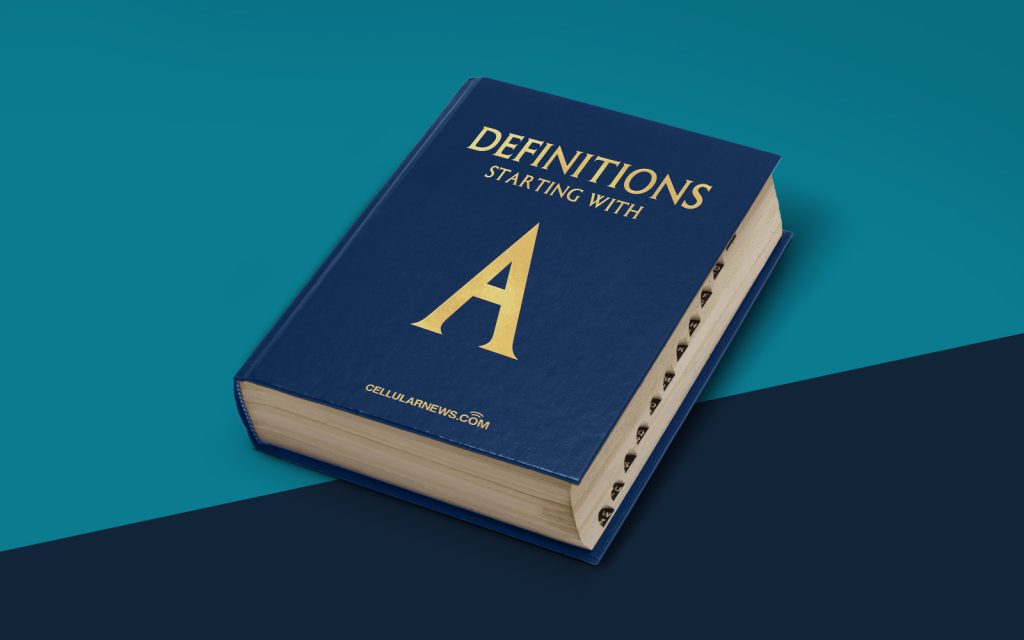
Unlocking the Mystery of Audio Codecs
When it comes to audio technology, one term that often pops up is “audio codec.” You may have heard this term thrown around in discussions about audio quality and file formats, but what exactly is an audio codec? In this article, we will dive deep into the world of audio codecs and unravel the mystery behind these essential components of modern audio technology.
Key Takeaways
- An audio codec is a device or software that encodes and decodes audio data.
- Its main purpose is to compress audio files for efficient storage and transmission.
What is an Audio Codec?
An audio codec is a technology that allows for the compression and decompression of audio files. It is responsible for encoding audio data into a compact format for efficient storage and transmission, as well as decoding the compressed audio data back into its original form for playback.
Audio codecs are used in various applications, including music streaming services, video conferencing platforms, and digital audio broadcasting. They play a crucial role in delivering high-quality audio while minimizing file sizes and bandwidth requirements.
How Do Audio Codecs Work?
At its core, an audio codec works by reducing the amount of data needed to represent an audio signal without significant loss in quality. This is achieved through a process known as audio compression. Let’s take a closer look at how audio codecs work:
- Sampling: The audio codec takes samples of the audio signal at regular intervals, capturing its amplitude (loudness) at each sample point.
- Quantization: The codec then assigns a numerical value to each sample based on its amplitude. This process discretizes the continuous audio signal, allowing it to be represented digitally.
- Encoding: The codec applies mathematical algorithms to further reduce the size of the audio data by removing redundant information and optimizing the representation of the audio signal.
- Decoding: When the compressed audio data needs to be played back, the codec reverses the process by decoding the encoded data and reconstructing the original audio signal.
By intelligently compressing the audio data, audio codecs can achieve significant reductions in file size while maintaining an acceptable level of audio quality. However, it’s important to note that the amount of compression applied can impact the perceived audio quality. Higher levels of compression may result in some loss of audio fidelity, whereas less compression can retain more of the original audio quality but at the cost of larger file sizes.
Types of Audio Codecs
There are various types of audio codecs available, each with its own strengths and weaknesses. Some commonly used audio codecs include:
- MP3: One of the most well-known and widely used audio codecs, MP3 achieves high compression ratios while maintaining good audio quality.
- AAC: Advanced Audio Coding (AAC) is known for its superior audio quality at lower bitrates. It is commonly used in streaming services.
- FLAC: Free Lossless Audio Codec (FLAC) offers lossless compression, meaning it retains the original audio quality without any loss.
The Future of Audio Codecs
As technology continues to evolve, so do audio codecs. Newer codecs, such as Opus and LDAC, are pushing the boundaries of audio quality and compression efficiency. These codecs aim to deliver exceptional audio experiences while minimizing the file size and bandwidth requirements.
With the rise of high-resolution audio and virtual reality experiences, the demand for better audio codecs will only continue to grow. Audio enthusiasts and professionals can expect exciting advancements in audio codec technology in the coming years.
Now that you have a better understanding of what an audio codec is and how it works, you can appreciate the vital role it plays in delivering high-quality audio in various applications. So, the next time you stream your favorite song or join a video conference, remember the audio codec working behind the scenes to make it all possible!
